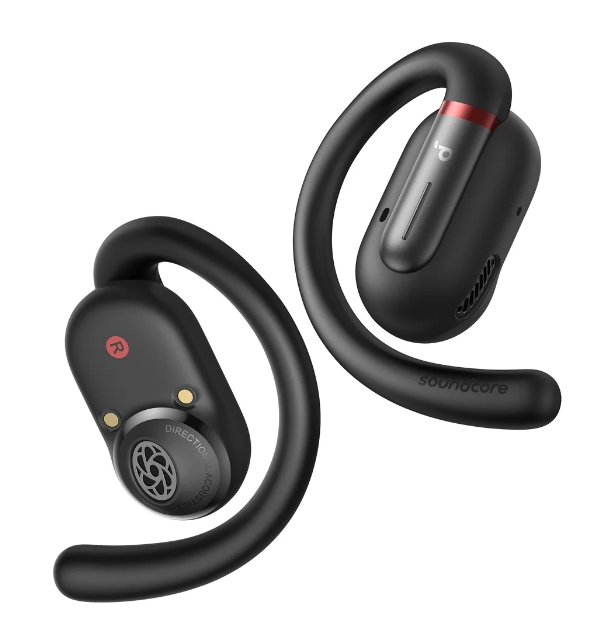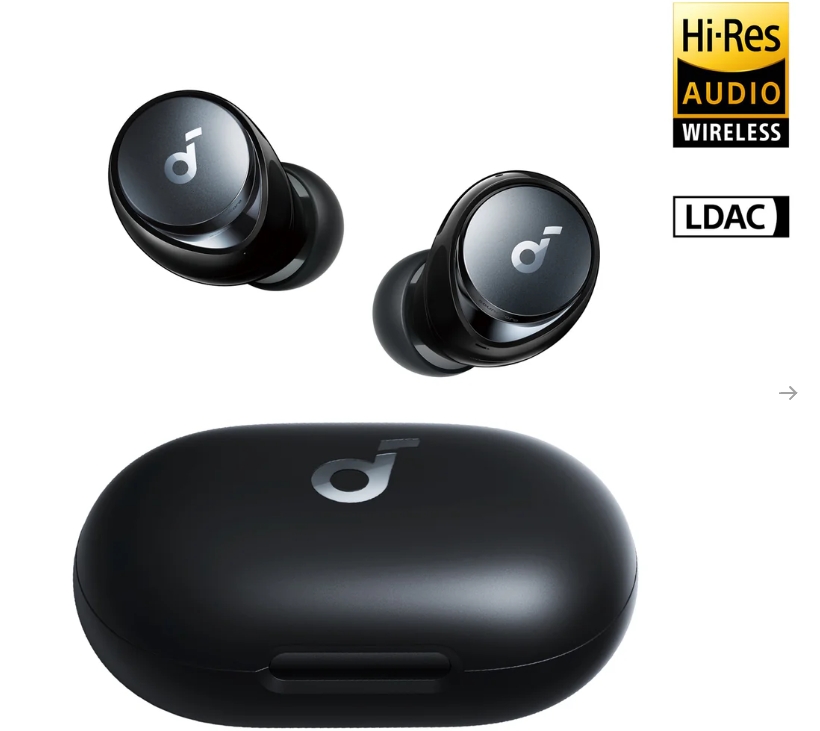Listening to music through headphones is a common practice for many people. However, ensuring that the volume is at a safe level is crucial for protecting your hearing. Prolonged exposure to high volumes can lead to permanent hearing damage. This guide will help you understand the safe volume levels for headphones, how to measure decibels, and the potential risks of listening too loud.
Ways To Check If Your Headphones Are Too Loud
Ensuring that your headphones are not too loud is essential for maintaining good hearing health. Here are some practical ways to check if your headphone volume is at a safe level:
1.Conversation Test:
○ Method: While wearing your headphones, try having a conversation with someone nearby. If you have to shout to be heard or can’t hear the other person speaking at a normal volume, your headphones are too loud.
○ Rationale: This test helps you gauge whether your headphone volume is drowning out external sounds to an unsafe degree.
2.Leakage Check:
○ Method: Ask someone nearby if they can hear the music from your headphones. If the sound is clearly audible to them, it’s likely too loud.
○ Rationale: Excessive sound leakage usually indicates that the volume is too high.
3.Volume Limiter:
○ Method: Use the volume limiter feature on your device, if available. Many smartphones and music players have built-in settings to cap the maximum volume.
○ Rationale: Volume limiters can help prevent accidental exposure to harmful sound levels.
4.Decibel Meter Apps:
○ Method: Download a decibel meter app on your smartphone to measure the sound levels directly from your headphones.
○ Rationale: These apps provide a quantifiable measure of the sound intensity, allowing you to adjust the volume accordingly.

How to Measure Headphone Decibels
Measuring the decibel (dB) level of your headphones can help you ensure that you’re listening at a safe volume. Here’s how you can do it:
1.Using a Decibel Meter App:
○ Download an App: There are numerous free and paid apps available on both iOS and Android platforms that can measure sound levels.
○ Calibrate the App: Follow the app’s instructions to calibrate it for accurate readings.
○ Measure the Volume: Place the headphone near the microphone of your device and play music at your usual listening level. The app will display the dB level.
2.Using a Professional Decibel Meter:
○ Purchase a Meter: You can buy a handheld decibel meter from electronic stores or online.
○ Positioning: Place the headphones around the microphone of the meter to measure the sound level directly.
○ Interpret the Readings: Aim to keep the volume below 85 dB, as prolonged exposure above this level can cause hearing damage.
3.Built-In Device Features:
○ Smartphone Settings: Some smartphones have built-in features that monitor headphone volume and provide warnings if the level is too high.
○ Health Apps: Health and wellness apps on smartphones often track headphone audio levels and offer insights into safe listening practices.

Why You Shouldn’t Be Listening Too Loud
Listening to music at high volumes can be tempting, especially when trying to drown out background noise. However, it is important to understand the risks associated with high-volume listening:
1.Hearing Damage:
○ Temporary Threshold Shift: After exposure to loud sounds, you might experience a temporary decrease in hearing sensitivity. While hearing typically recovers, repeated exposure can lead to permanent damage.
○ Permanent Hearing Loss: Continuous exposure to sound levels above 85 dB can cause irreversible hearing loss. The hair cells in the inner ear, which transmit sound signals to the brain, can become damaged and do not regenerate.
2.Tinnitus:
○ Constant Ringing: Tinnitus is characterized by a persistent ringing, buzzing, or hissing sound in the ears. It can be caused by prolonged exposure to loud noise and can become a chronic condition.
○ Impact on Quality of Life: Tinnitus can affect concentration, sleep, and overall quality of life. It is often a sign of underlying hearing damage.
3.Ear Fatigue:
○ Listening Fatigue: High volumes can lead to ear fatigue, causing discomfort and a feeling of fullness in the ears. It’s a signal from your body that the sound level is too high.
○ Need for Breaks: Regular breaks from headphone use are essential to prevent ear fatigue and give your ears a chance to recover.
FAQ
1. How Many DB Is Too Loud For Headphones?
Sound levels above 85 dB are generally considered too loud for prolonged listening. At this level, exposure should be limited to no more than 8 hours per day to avoid potential hearing damage. Levels above 100 dB can cause hearing damage in just 15 minutes of exposure.
2. What Is The Safest Volume For Music?
The safest volume for listening to music through headphones is around 60% of the maximum volume. This typically falls below the 85 dB threshold, reducing the risk of hearing damage. Many health organizations recommend the 60/60 rule: listening at 60% volume for no more than 60 minutes at a time before taking a break.
3. Is 70 DB Too Loud For Headphones?
70 dB is generally considered a safe volume level for listening to music. It is roughly equivalent to the noise level of a normal conversation. Listening at this volume for extended periods is unlikely to cause hearing damage, making it a good target for everyday use.
Conclusion
Maintaining a safe headphone volume is crucial for protecting your hearing health. By regularly checking your headphone volume, measuring decibel levels, and understanding the risks associated with high-volume listening, you can enjoy your music without jeopardizing your ears. Remember the 60/60 rule, use volume limiters, and take breaks to ensure your listening habits are safe. Prioritizing your hearing health today can help you avoid serious issues in the future, allowing you to continue enjoying music for years to come.
